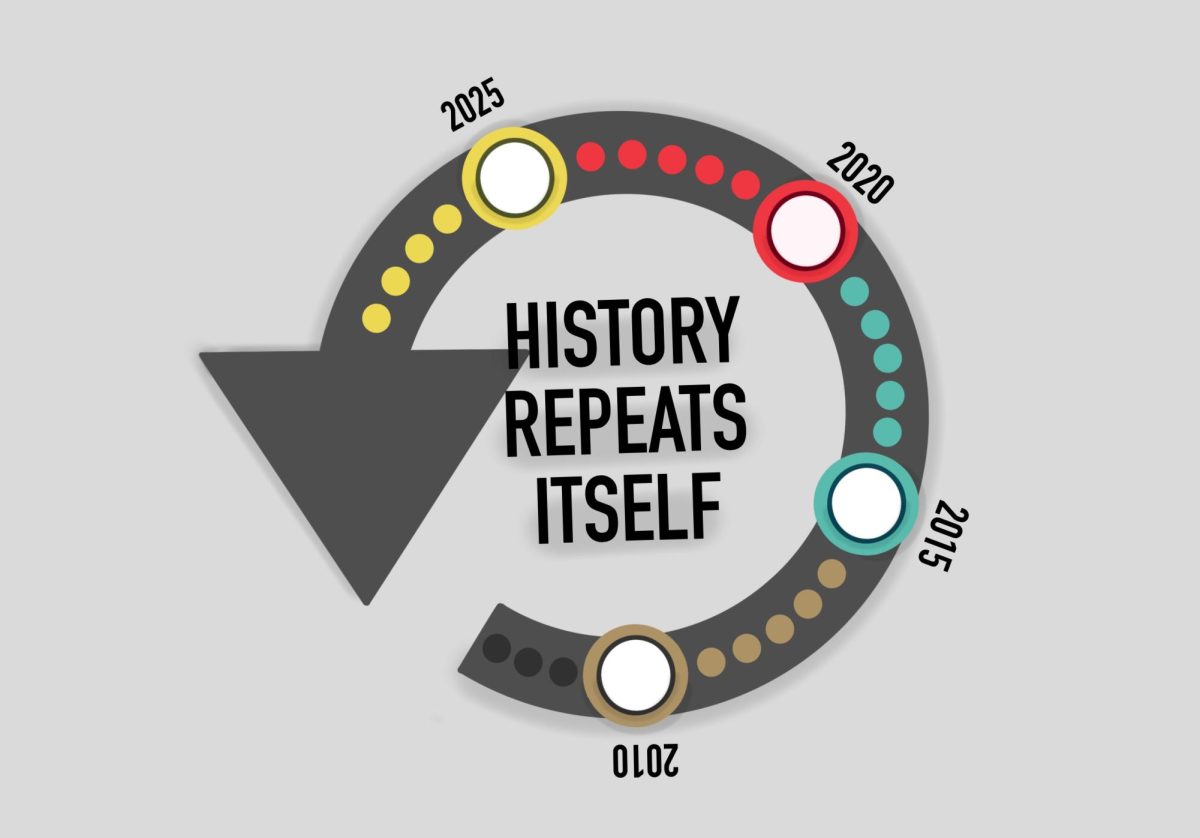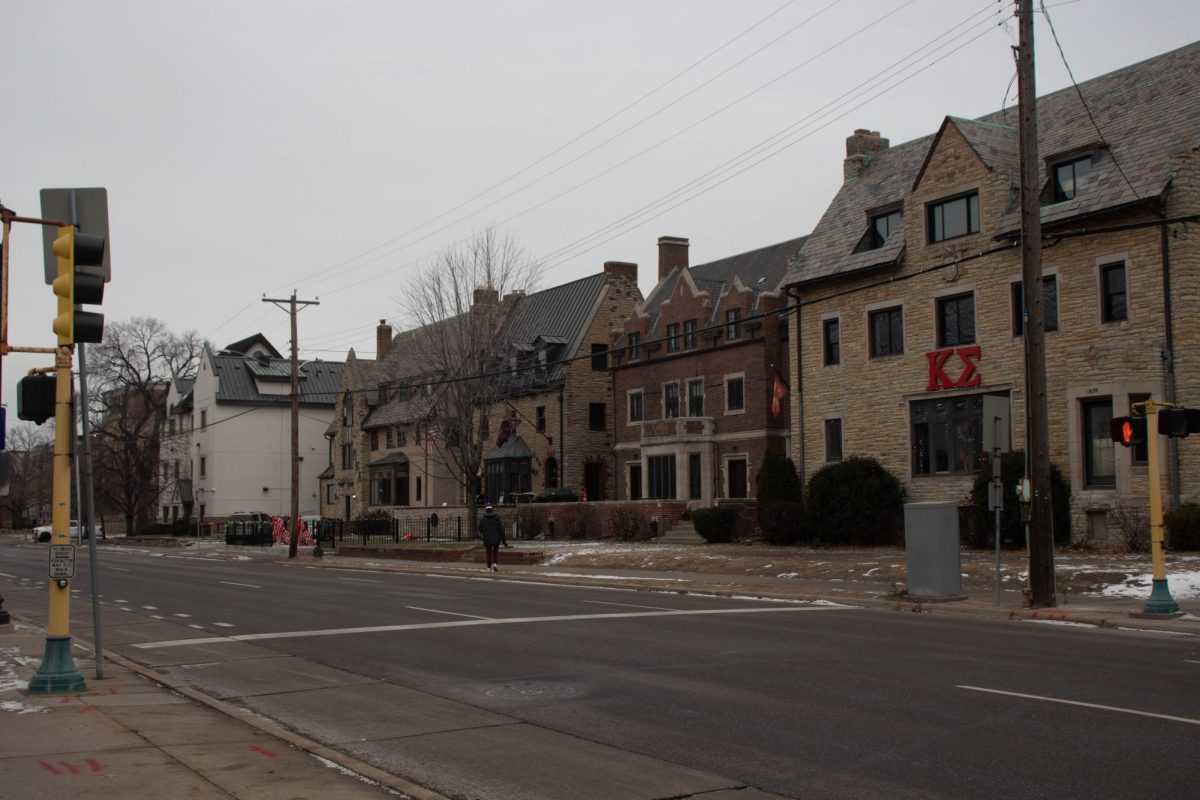I was bartending in Washington, D.C. at a neighborhood restaurant while applying to schools in 2021, trying to figure out my next move. My top choices were smaller liberal arts colleges along the coast or one of the state schools I’d been avoiding since graduating high school.
Until I met Chuck.
Chuck lived down the block and stopped in a few times a week to grab dinner and an iced tea. It was an odd order, which is how I remembered him in the early days of our unlikely friendship.
Eventually, we moved beyond the weather and struck up the old “who are you” conversation. By then I knew I wanted to study urban planning in some form but was unsure of where to start. He happened to be a career urbanist, working first as a real estate attorney and later as a professor.
For months, I navigated this big life change with Chuck as my occasional sounding board. When it came time to submit my applications, he asked if I’d considered the University of Minnesota. He told stories of working with colleagues in Hennepin and Ramsey County at the Urban Land Institute and the American Planning Association among other well-known groups that study the built environment.
It wasn’t long before I realized how much Minnesota intersected with research I used to better understand public housing for an organizing effort I’d joined in my hometown. The research project that I now work for, Mapping Prejudice, was one of them.
A few things stood out, like the Minneapolis 2040 Plan and the robust regional planning efforts taken on by the Metropolitan Council. In the world of urban theory, there are plenty of dilettantes who’ve never spent time in the communities they claim to serve. I wanted to be somewhere that had a strong sense of responsibility to the community in addition to the political will to actually enact these big ideas.
The Twin Cities seemed to check those boxes.
Shortly after I began taking classes in the fall, it became obvious that the great things about modern Minneapolis were born from deep scars left by the legacy of structural racism. The Cities are marred by the typical offenders of 20th-century planning orthodoxies rooted in white supremacy: racially restrictive covenants, redlining and freeway construction to name a few.
There’s also the long history of Native land dispossession memorialized in place names, which is slowly being reclaimed by Indigenous leaders. As I grew more aware of the dark underbelly of Twin Cities’ history, it was hard to see anything else.
But these patterns and practices are hardly unique. What I have come to love most about Minneapolis and St. Paul, and what I’d argue sets them apart, is the clear and vested interest that so many leaders have taken in reversing these effects.
And no, I’m not just talking about elected officials. Not entirely, anyway. There are hundreds of people you’ve probably never heard of working tirelessly on new and innovative ways to secure a more equitable future for those who will come after us. The people lobbying for access to transportation, housing and healthcare on behalf of voices that are so often left behind in these critical conversations.
When I think of the true spirit of urban innovation in the Twin Cities, I think of the people at Urban Homeworks who are taking the racial homeownership gap into their own hands. Or the folks at Our Streets or Move Minnesota fighting for more equitable access to transportation. For every shortcoming you could identify in our local urban playing field, I could give you two examples of people doing the work to improve those situations, and that is something that we should be proud of.
It’s a city full of contradictions but one that is willing to do the scrappy work required to bring about meaningful repair. The practices of the past may cast a long shadow over progress today, but that’s true of every urban environment. Giving credit when it’s due is just as important as being critical of the challenges our city faces.
“The arterial Bus Rapid Transit stuff is really cool and works super well,” said Sylvia Greenwood, a third-year urban studies major at the University.
Greenwood grew up here and was not as connected to the urban goings-on that now inform the way she views the world. Her favorite part of her undergraduate experience is applying urban theory on a hyperlocal level, which the Twin Cities provide a perfect backdrop for. It makes her think more critically about why things are the way they are.
We could all use a dose of that perspective. How often do we stop to wonder how it’s gotten to this point in the first place? What action could that curiosity inspire?
The Twin Cities’ reputation as a “model metropolis” may not be entirely true, but its willingness to try and fail, to engage with many of the urban issues that bring other local governments to their knees, is certainly something that cities everywhere could learn from.














